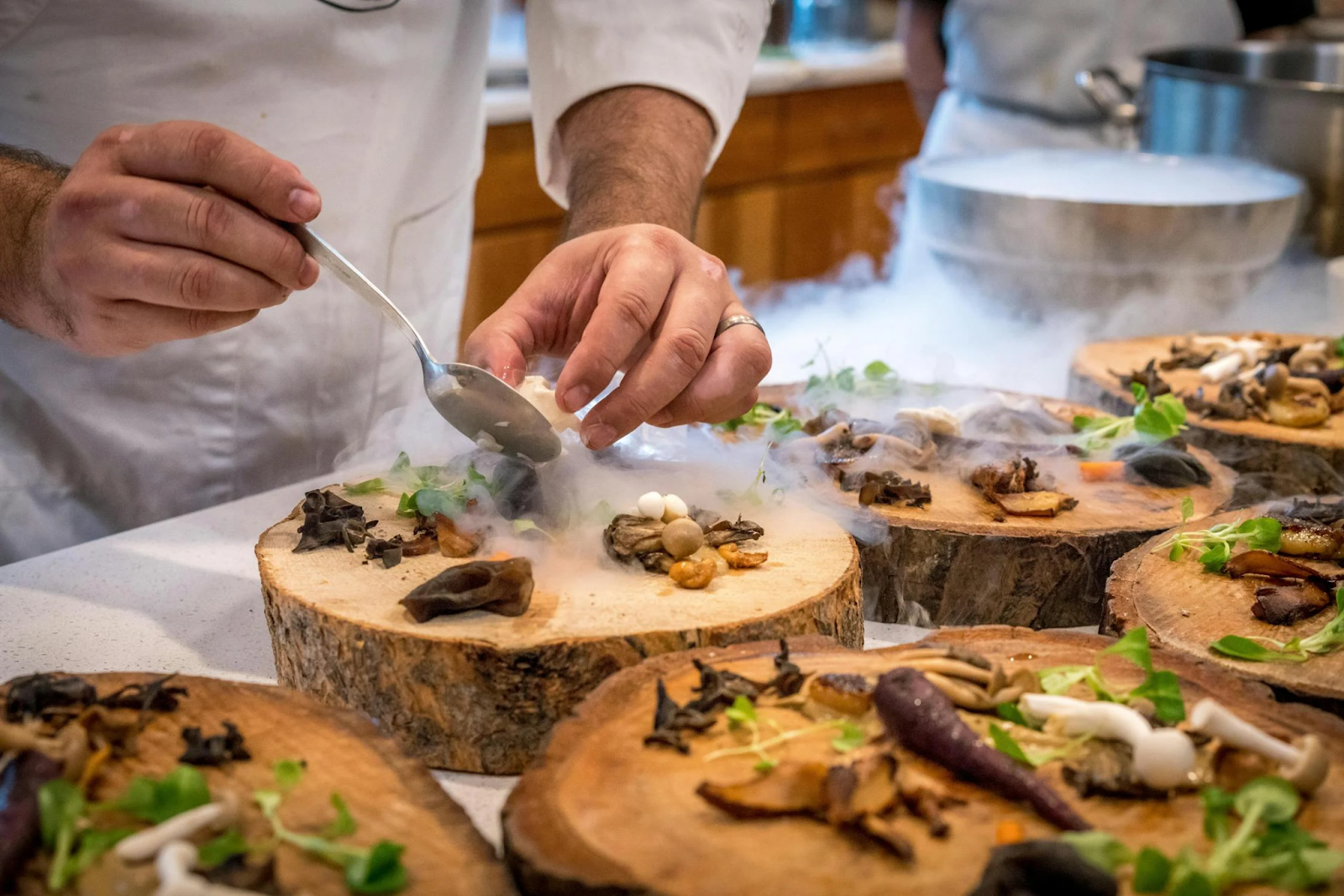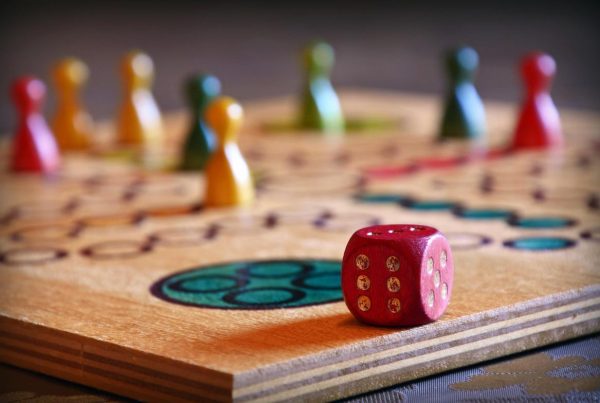In today’s fast-paced world, enhancing energy efficiency is crucial. As environmental concerns keep mounting and the price of power keeps climbing, it is becoming more and more crucial to assess the quantity of energy we use in our kitchens.
Every chef can greatly reduce energy use by making a few intentional changes. Choosing energy-efficient kitchen tools and applying clever ideas will help one to save money even if they are not ecologically concerned. The next piece offers several ideas to help you increase the energy efficiency of your kitchen without compromising its use or convenience.

Appliances upkeep
Regular cleaning can improve a kitchen’s energy efficiency. Electronics work better and use less power when they are well cared for. Setting a normal time to clean the coils or defrost the fridge might help them work better. Keeping the oven door seals in place helps keep the heat in and saves energy.
A new induction hob or a refurbished AGA that has been well taken care of will use less energy and work better than similar devices that have not been well taken care of.
Choosing energy-efficient tools
Among the first steps in reducing energy use is selecting energy-efficient tools. Modern kitchen tools are meant to use less energy yet provide excellent outcomes. Induction grills heat pots immediately using electromagnetic energy, unlike electric or gas stoves.
Because of this, induction cookers are known for using little energy. This quick method cuts down on cooking time and heat loss. Energy Star-certified home products meet the standards for energy efficiency. Stoves, dryers, microwaves, and freezers that use less energy can help save energy in the kitchen.
Enhancing cooking techniques
Though energy-efficient tools are crucial, your cooking style also influences energy consumption. Lids help keep heat in pans and pots, which lowers the energy required to maintain the desired temperature. Using the correct-size pot for your stove burner helps to improve energy efficiency.
A pot that fits well maximises heat transfer, while a tiny pot on a big stove loses heat. Batch cooking or slow cooking uses less energy over time than conventional cooking. These little changes can significantly affect energy use. A pressure or slow cooker can also help reduce cooking time and energy use even more, so they are perfect for energy-efficient meal preparation.
Clever energy use
Besides purchasing and keeping energy-efficient kitchen equipment, being conscious of how you use them helps lower energy consumption.
Cooking on several burners helps hasten meal preparation. Cooking in batches lessens the need for several energy-draining sessions. Turning off your cooker or oven allows you to complete cooking using leftover heat, conserving energy without compromising quality.
Consider cooking techniques
Finally, consider several energy-efficient cooking techniques. Vegetables cooked under pressure or on the hob save time and energy. Warming food in a microwave rather than an oven or stove could save power. Selecting the appropriate cooking technique will help lower kitchen energy use.
Conclusion
Ultimately, kitchen energy efficiency calls for more than simply energy-efficient equipment. It’s about smarter cooking, equipment upkeep, and energy conservation.
Whether you purchase a refurbished AGA or another energy-efficient stove, following these guidelines will help the environment and save you money. Any chef can build an energy-efficient, practical, and environmentally friendly kitchen with small but significant modifications.
You might also enjoy more home and leisure posts here!



